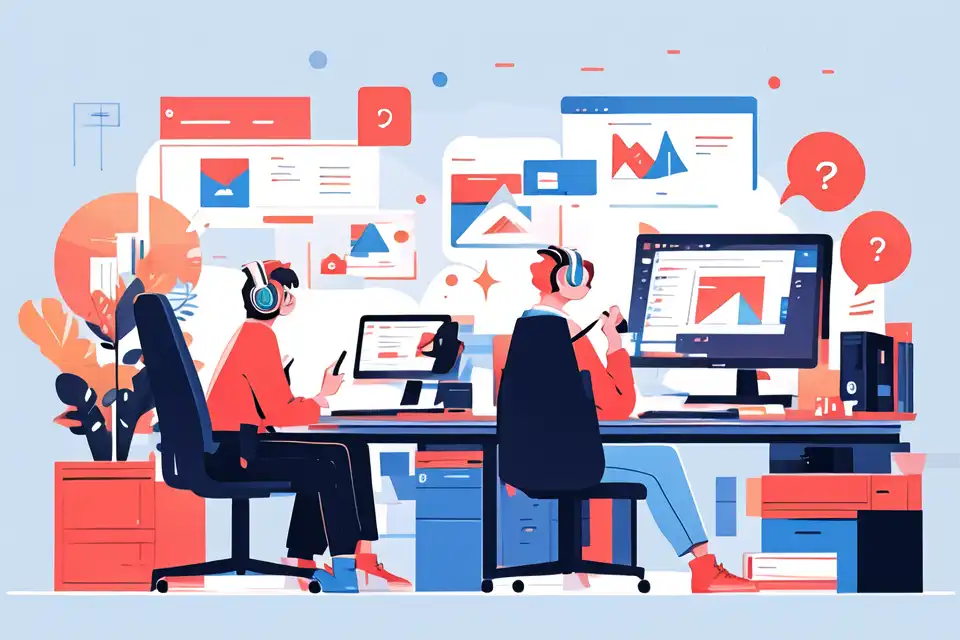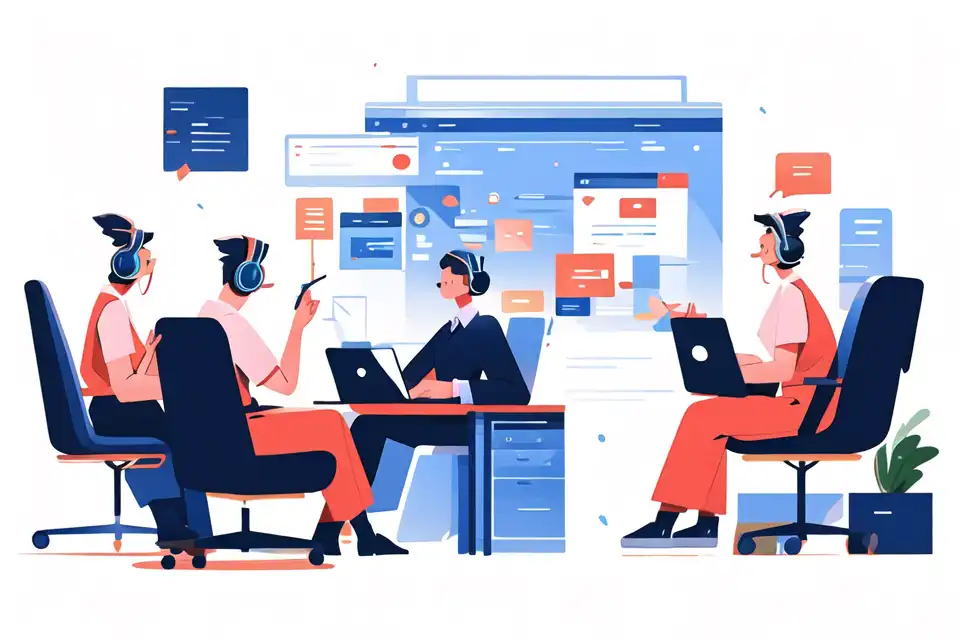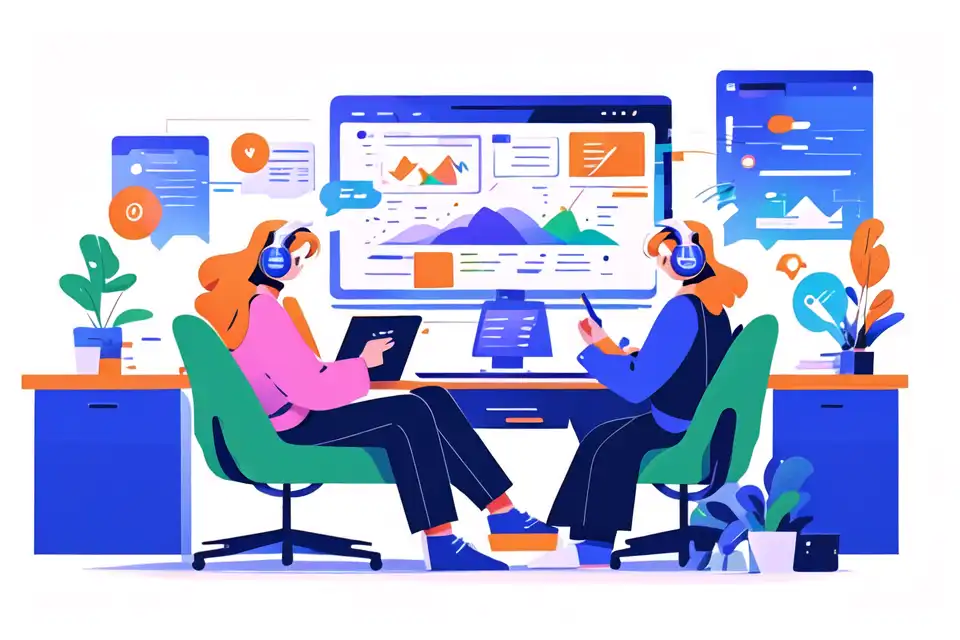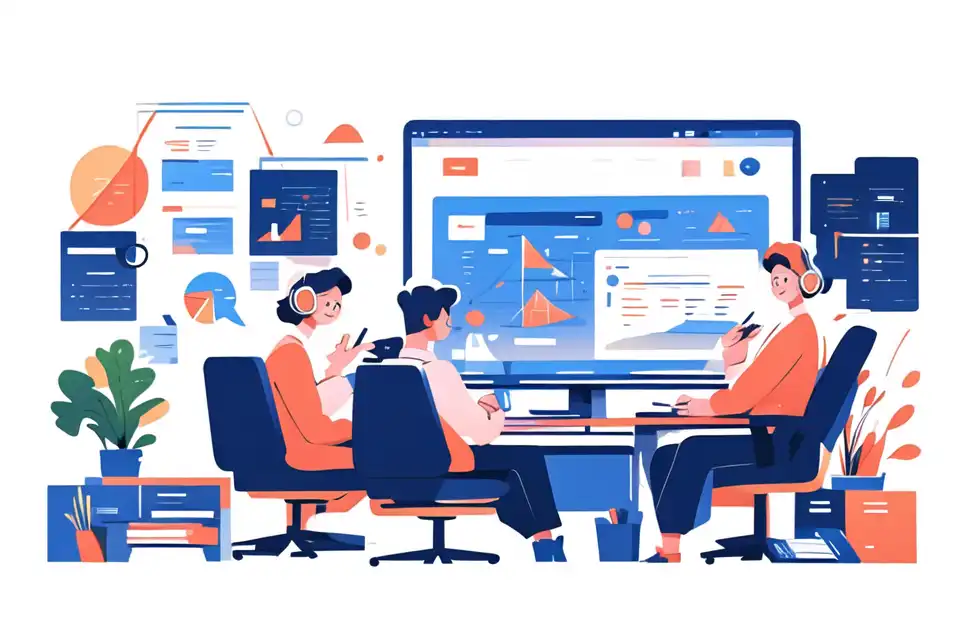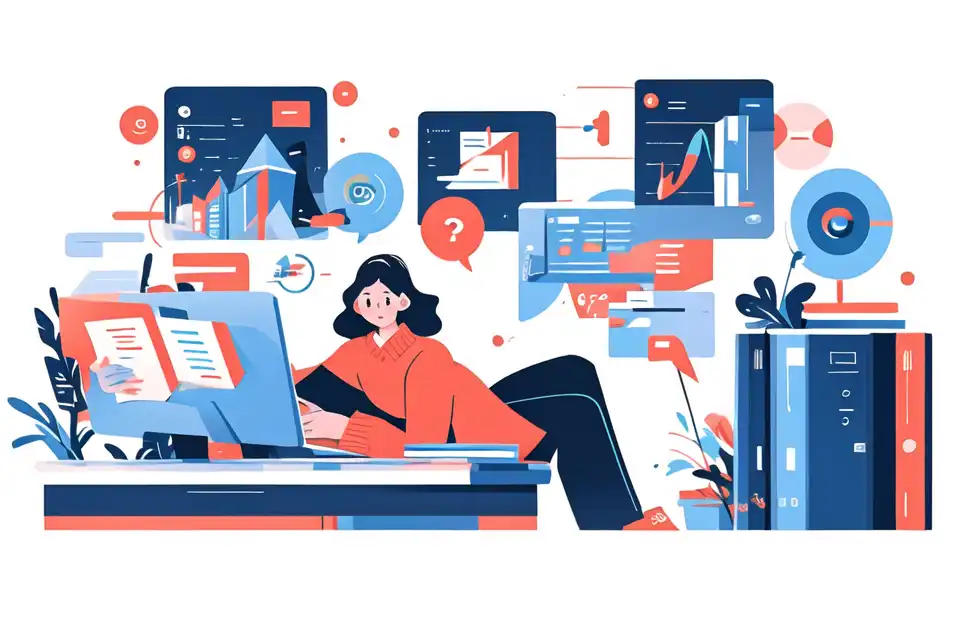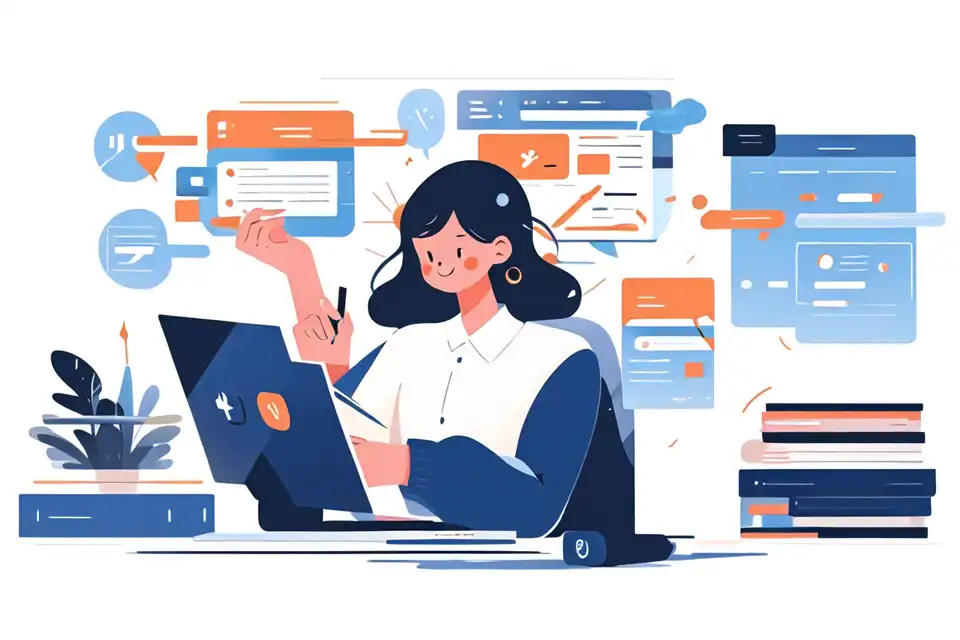Educational Blockchain Applications
Learn about the top tips and strategies in educational blockchain applications
Try Lark for Free
Overview of Blockchain Applications in Education
Blockchain technology is essentially a digital ledger that securely records transactions. When applied to education, it can offer numerous advantages, including secure record-keeping, verification of academic credentials, and personalized learning experiences. The advent of blockchain in education can be traced back to the early 2010s, with the technology gradually gaining recognition and acceptance over the years.
Importance of Blockchain Applications in Modern Learning Environments
Blockchain's decentralized nature aligns well with the ethos of modern education, where collaborative learning and diversity of thought are encouraged. It has the potential to make administrative tasks more efficient, provide transparent records of academic achievement, and foster genuine collaborative learning.
Interesting Trends and Statistics on Blockchain Applications in Education
The prevalence of blockchain in education is steadily increasing. According to a report by MarketsandMarkets™, the global blockchain in education market is expected to grow from USD 90.3 million in 2018 to USD 1.4 billion by 2023. This signifies a growing acceptance and adoption of blockchain technology in educational institutions around the world.
Unlock the power of Lark to elevate your business operations. Discover actionable strategies and best practices in our comprehensive guide.
Benefits of blockchain applications in education
How blockchain enhances teaching and learning
How blockchain enhances teaching and learning
Blockchain technology can enhance the teaching and learning experience in many ways. It can, for example, provide a secure and immutable record of learning, allowing students to keep track of their progress and achievements. It can also facilitate collaboration and engagement by providing a transparent and reliable platform for group projects.
Impact on student engagement and outcomes
Impact on student engagement and outcomes
Blockchain has the potential to significantly improve student engagement and outcomes. By providing a transparent and reliable record of learning, it can encourage students to take ownership of their education. Moreover, its potential to facilitate collaborative learning can improve engagement and, consequently, learning outcomes.
Learn more about Lark can help you with everything mentioned so far in the article.
Implementing blockchain applications in education
Steps to integrate blockchain into the classroom or curriculum
Steps to integrate blockchain into the classroom or curriculum
Implementing blockchain in the classroom or curriculum requires careful planning and preparation. The first step is to understand the potential benefits and challenges of blockchain technology. The next step would be to identify specific areas where blockchain can enhance learning and teaching. This could be followed by the development of a detailed implementation plan, which should include training for teachers and students.
Tools and resources needed for blockchain applications
Tools and resources needed for blockchain applications
There is a wide range of tools and resources available for implementing blockchain technology in education. Some of these include blockchain platforms, development tools, and educational resources. A sound understanding of these tools and resources is essential for successful implementation.
Case studies and examples
Success stories of blockchain applications in education
Success stories of blockchain applications in education
Many educational institutions have successfully implemented blockchain technology. For example, the University of Nicosia in Cyprus was one of the first universities to adopt blockchain for verifying academic credentials. Moreover, they also offer a Master's degree in Digital Currency, further demonstrating their commitment to blockchain technology.
Lessons learned from real-world applications
Lessons learned from real-world applications
Real-world applications of blockchain technology in education offer valuable lessons. One key lesson is the importance of thorough planning and preparation. Another lesson is the need for continual learning and adaptation, as blockchain technology is continually evolving.
Learn more about Lark can help you with everything mentioned so far in the article.
Challenges and solutions
Potential Obstacles when Adopting Blockchain Applications
Adopting blockchain technology in education comes with potential obstacles, such as resistance to change, lack of technical expertise, and concerns about security and privacy. However, these challenges can be overcome with effective change management, training, and the use of secure and reliable blockchain platforms.
Future of blockchain applications in education
Emerging trends related to blockchain applications
Emerging trends related to blockchain applications
Emerging trends in blockchain technology, such as the development of more secure and scalable platforms, could significantly shape the future of education. These advancements could further enhance the benefits of blockchain in education and enable new applications.
Predictions for how blockchain applications will shape education
Predictions for how blockchain applications will shape education
Given the current trends and potential of blockchain technology, it is predicted that blockchain will play a significant role in shaping the future of education. It could, for instance, provide a global platform for academic credential verification, thereby enhancing the mobility and employability of students.
Related:
Education Solution | LarkLearn more about Lark can help you with everything mentioned so far in the article.
Conclusion
Blockchain technology holds significant potential for enhancing learning and teaching in the 21st century. With its ability to provide secure and transparent records of learning, facilitate collaboration, and enhance student engagement and outcomes, it is set to revolutionize education. However, successful implementation requires careful planning, preparation, and a commitment to continual learning and adaptation.
Tips for do's and don'ts
| Do's | Don'ts |
|---|---|
| Do understand the potential benefits and challenges of blockchain technology. | Don't rush into implementing blockchain without proper planning and preparation. |
| Do identify specific areas where blockchain can enhance learning and teaching. | Don't ignore the potential obstacles and challenges. |
| Do develop a detailed implementation plan. | Don't underestimate the importance of training for teachers and students. |
Learn more about Lark can help you with everything mentioned so far in the article.
Unlock the power of Lark to elevate your business operations. Discover actionable strategies and best practices in our comprehensive guide.
